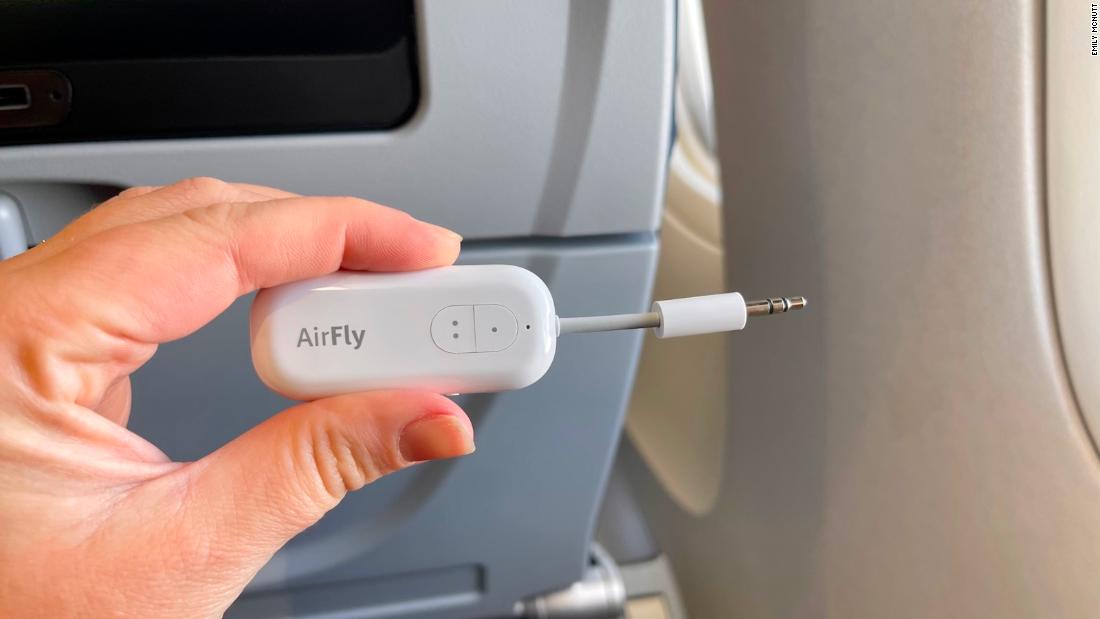ARTICLE AD BOX
The government’s spending on “transgender mice” runs even deeper than President Trump let on in his speech to Congress.
New numbers from the White Coat Waste Project, shared with The Washington Times, show that the National Institutes of Health is currently funding at least 26 projects, totaling $64 million, to manipulate animals’ sex organs and sex preferences — all with the hope of benefiting the transgender community.
That includes nearly $10 million sent to the Oregon Health and Science University to study whether gay rams can be forced to prefer ewes as sexual partners through prenatal infusions of testosterone.
Researchers told NIH that rams were the perfect test subjects because about 8% of rams prefer sex with other rams, and they have physiological differences that are associated with the preference.
Meanwhile at Tulane University, researchers collected $11.2 million from NIH to implant testosterone-releasing capsules in female mice to study their vascular health. They said it would help scientists understand how testosterone treatments affect transgender men.
Justin Goodman, the project’s senior vice president of advocacy, called the spending “symptoms of an epidemic of reckless spending at the NIH.”
“We’ve actually found tens of millions more in active NIH grants wasted to create transgender lab animals, including a $1.1 million DEI grant to overdose trans rats on a sex party drug,” he told The Times. “The sickness of reckless government spending on animal testing has spread so badly that it can’t be cured with a scalpel, only with a chainsaw.”
The new data comes as Mr. Trump mocked the line of research during his address to Congress on Tuesday, complaining about the government spending “$8 million for making mice transgender.”
“This is real,” the president said.
That claim drew howls of outrage from media fact-checkers, with CNN flatly declaring Mr. Trump’s claim false and saying its reporters couldn’t find the research.
Hours later CNN had to walk that back and admitted Mr. Trump was right about the $8 million, although the network said his claim still “needs context.”
The White House got its pound of flesh, calling CNN “fake news losers” and declaring “President Trump was right (as usual).”
They pointed to a half-dozen NIH projects revealed by the White Coat Waste Project that used altered mice to study questions relating to transgender persons’ health.
By Wednesday, after the speech, Mr. Trump’s budget-cutting office, the Department of Government Efficiency, announced that NIH had canceled seven grants that involved “transgender experiments on animals.”
Internet denizens complained that Mr. Trump — and the DOGE — were mixing their terminology and the animals aren’t actually transgender but rather transgenic. That means they have had their genome altered.
In the Oregon ram experiments, the researchers said they have “extensive expertise” in manipulating rams’ brain functions to alter sexual attraction.
“The proposed studies will illuminate essential hormonal, neural and cellular mechanisms that activate the fetal reproductive axis, and will contribute to our understanding of underpinnings of brain sexual differentiation, especially in relation to sexual partner preferences,” the Oregon researchers said.
The ram research dates back to 2000 and totals $9.7 million. The current award of $431,662 was issued in 2023 and is active through this summer.
“This basic science research is designed to understand core processes in order to expand overall knowledge of biology,” said Erik Robinson, a communications specialist for OHSU.
He said the lead researcher, Charles Roselli, recently retired and his work “is now available for other researchers and the public to learn from and build upon.”
He also took issue with Mr. Trump’s words: “Not sure what’s meant by transgender mice, but researchers are involved in transgenic animal models, meaning genetically modified to carry a human gene.”
Some grants were small dollars — such as Johns Hopkins University’s $49,000 to use transgenic mice to study how transgender males recover from wounds.
Other grants ran beyond $10 million, such as Tulane’s study of female cognitive aging using mice implanted with testosterone-releasing capsules.
“These findings indicate that increases in testosterone may impact vascular health, which may be important clinically for transgender men, women using testosterone for fitness or reduced libido, as well as patients with polycystic ovarian syndrome,” the researchers said in publishing their work.
The White Coat folks said not all of the NIH grant summaries they flagged mentioned altering animals’ sexual characteristics, but it was clear from the researchers’ published findings that they were conducting those experiments.
That includes nearly $7 million sent to the University of Michigan that used mice to study how transmasculine “pubertal suppression” affects the Achilles tendon.
The University of Virginia has gotten $2.2 million for studies that include using mice transitioning from female to male to see if they could still carry a pregnancy if they paused their hormone therapy.

 1 month ago
25
1 month ago
25








 English (US) ·
English (US) ·